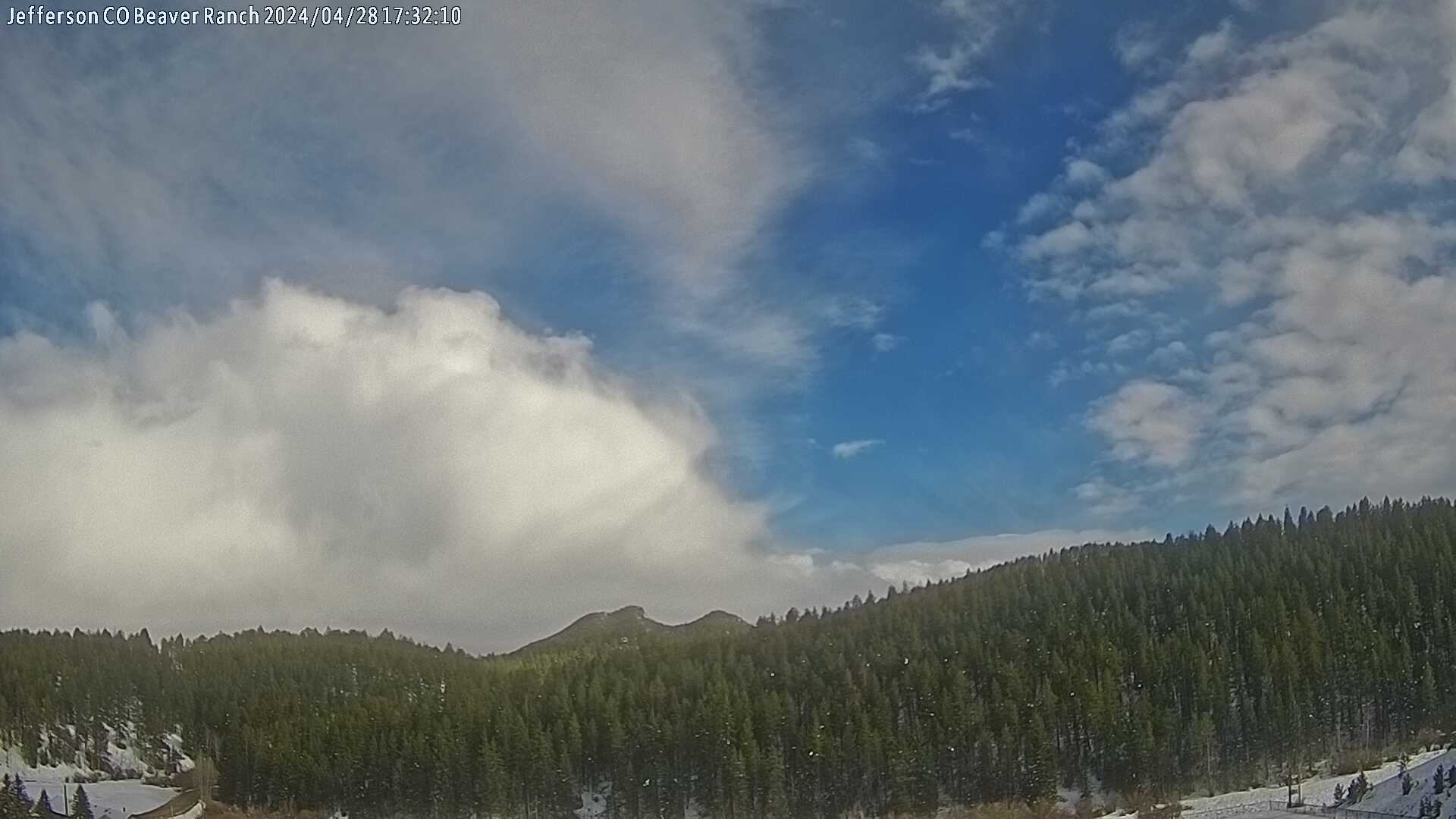Conifer, CO Weather Cams
Conifer, Colorado

Conifer Beaver Ranch Park

Conifer, Colorado: A Mountain Community with Deep Historical Roots
Conifer, Colorado Weather Cams. Nestled in the foothills of the Rocky Mountains, Conifer, Colorado, is an unincorporated community in Jefferson County, located about 33 miles southwest of Denver. Though small, Conifer has a rich history shaped by Native American migration, frontier settlement, agriculture, and transportation. Over the centuries, it has evolved from a stage stop and homesteading community into a thriving residential area known for its scenic beauty and outdoor recreation.
Indigenous Presence and Early Trails
Long before European settlers arrived, the area was home to Ute, Arapaho, and Cheyenne tribes, who traveled through the foothills along the Ute Trail. This ancient pathway connected plains settlements to higher elevations, allowing Indigenous groups to hunt, gather, and trade. Archaeological surveys at Flying J Ranch Park have uncovered stone circles, tipi rings, and artifacts, indicating that the region was used for seasonal habitation.
The Junction District and Frontier Settlement
The first formal settlement in the Conifer area was the Junction District, established on August 11, 1860. At the time, the region was part of Kansas Territory, predating the formation of Jefferson County and Colorado Territory. The district’s main hub was Bradford Junction, where the Mount Vernon Toll Road and Bradford Toll Road intersected. This location became a stage stop for travelers heading to mining towns like Leadville, offering lodging and supplies.
Homesteading and Agricultural Growth
The Homestead Act of 1862 encouraged settlers to establish farms in the area. The first homestead patent in Conifer was granted in 1873 to Silas P. Elliott, covering land near Highway 73 and Barkley Road. His brother, John C. Elliott, received the second homestead patent nearby. Early settlers focused on timber, dairy, livestock, and crops, including hay, lettuce, turnips, potatoes, and field peas.
The Naming of Conifer
By the 1890s, the area had adopted the name Conifer, likely due to the abundance of pine and fir trees. Some accounts suggest that the name may have originated from George Conifer, a local tavern owner, though historical records do not confirm his existence.
Transportation and Infrastructure Development
The first post office in Conifer was established in 1894, improving communication with neighboring towns. Small one-room schoolhouses followed, with the Junction School opening in 1879 and the Hutchinson School in 1885. As motor vehicles gained popularity in the early 20th century, the area saw increased tourism, leading to the development of vacation communities like Red Wing Park and Shadow Mountain.
The Impact of Highway 285
The construction of Highway 285 in the 1950s transformed Conifer from a farming and ranching community into a commuter town. Improved road access allowed residents to travel to Denver and nearby suburbs, leading to population growth. By the mid-20th century, larger schools, businesses, and residential developments emerged to meet the needs of the expanding community.
The Surrounding Area: Morrison, Pine, and Evergreen
Conifer is surrounded by Morrison, Pine, and Evergreen, each with its own historical significance. Morrison, located to the east, is known for its dinosaur fossil discoveries and Red Rocks Amphitheater. Pine, to the southwest, was a key logging and railroad town in the late 19th century. Evergreen, to the north, developed as a summer retreat for Denver residents, featuring Evergreen Lake and historic lodges.
Modern Conifer: Balancing Growth and Conservation
Today, Conifer remains an unincorporated town, meaning it does not have a local government. Instead, Jefferson County oversees zoning and development. Efforts to preserve the area’s natural beauty have led to the creation of parks and open spaces, including Staunton State Park and Meyer Ranch Park.
The Jefferson County Planning Commission adopted the Conifer-285 Corridor Area Community Plan in 1987, revising it in 2003 and 2016 to guide land use and development. While Conifer has grown, it retains its mountain-town charm, blending historic homesteads, modern residences, and outdoor recreation.
A Legacy of Resilience and Community
From its Indigenous roots and frontier days to its modern role as a commuter town, Conifer’s history reflects the enduring spirit of Colorado’s foothills. Whether exploring its historic sites, hiking its trails, or enjoying its scenic landscapes, Conifer remains a vital part of Jefferson County’s heritage.
For more information, visit the Conifer, Colorado official website.
